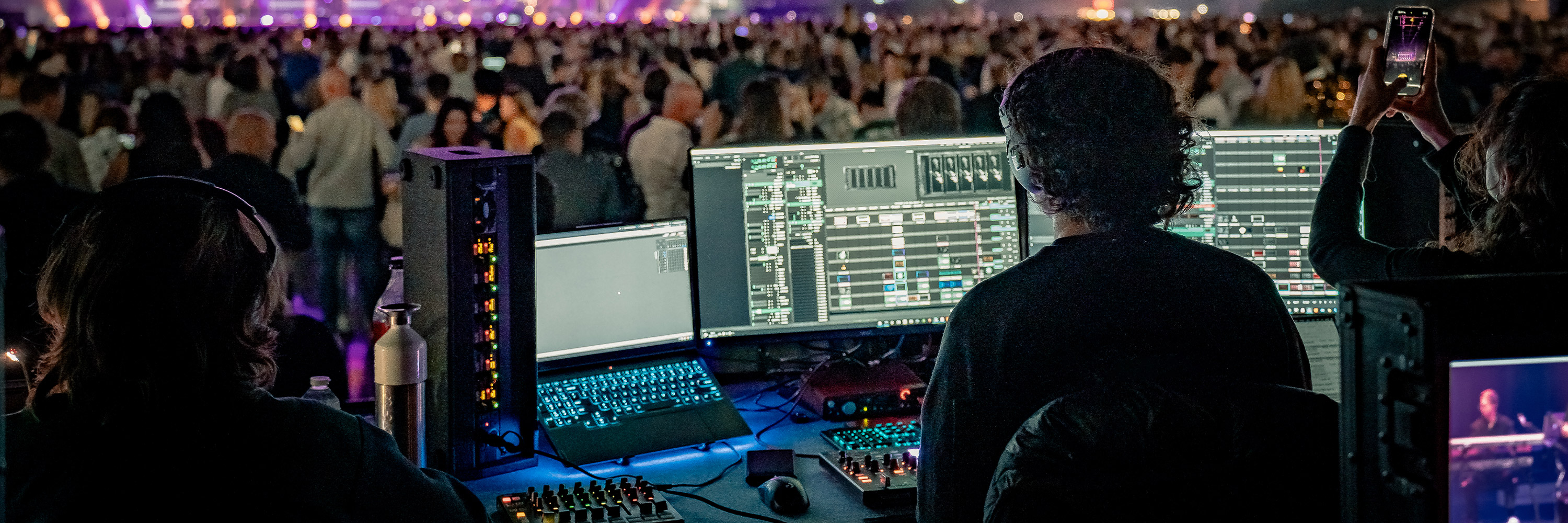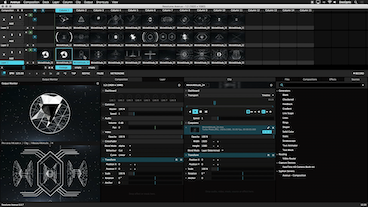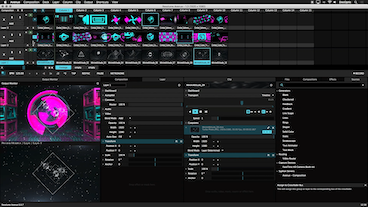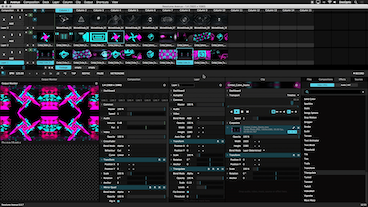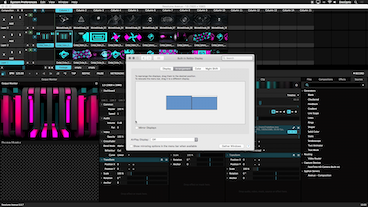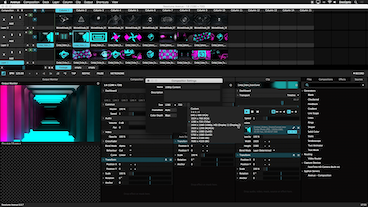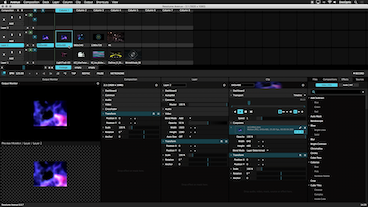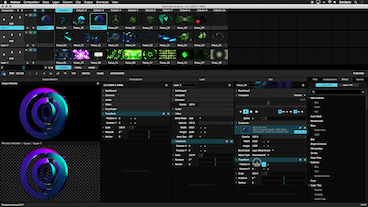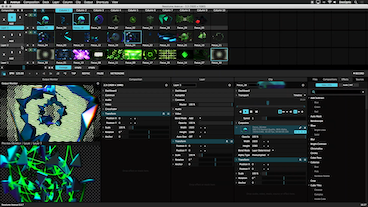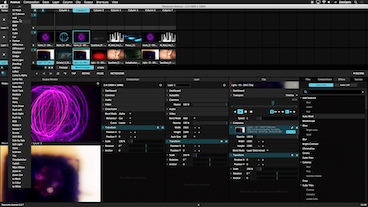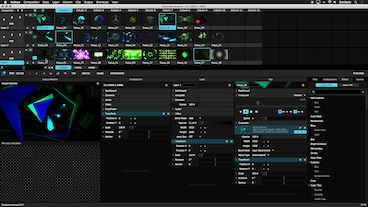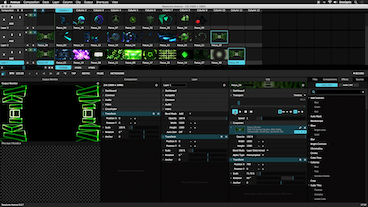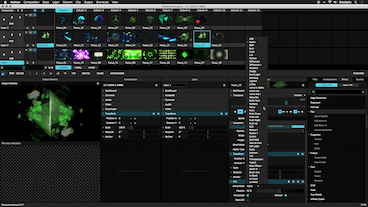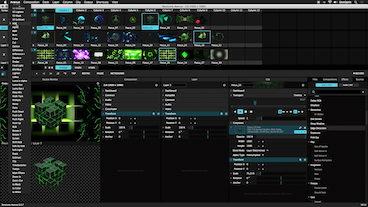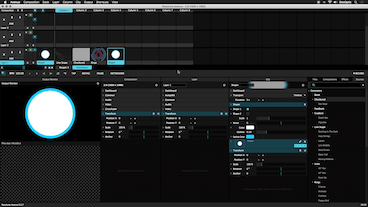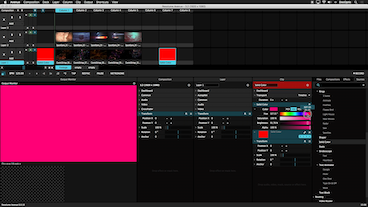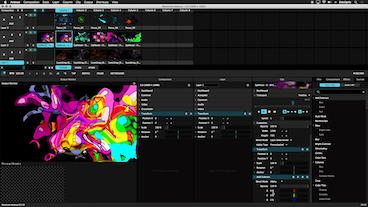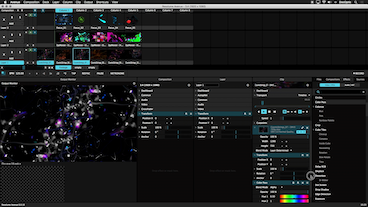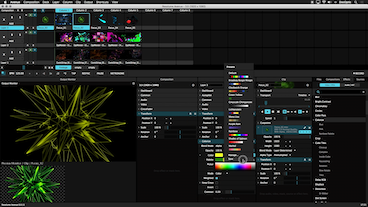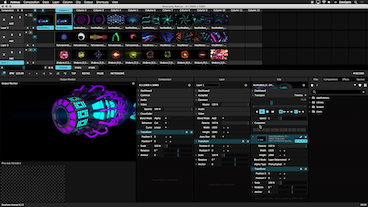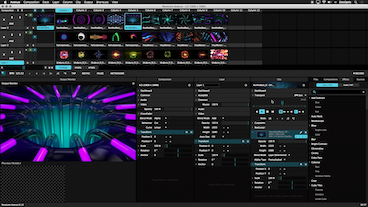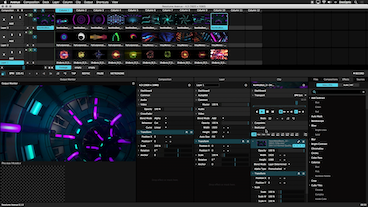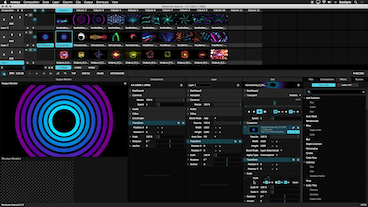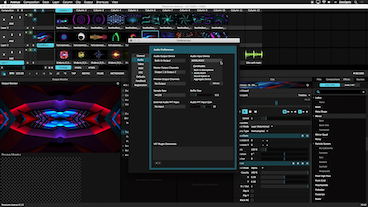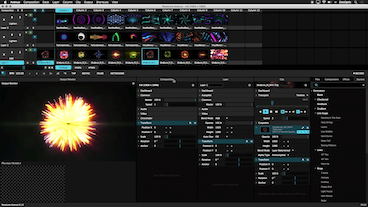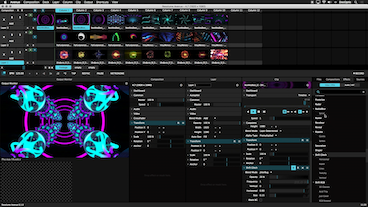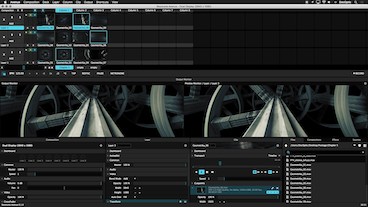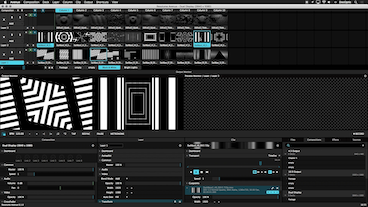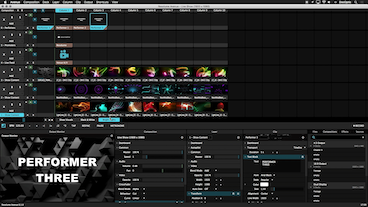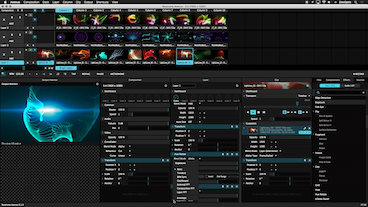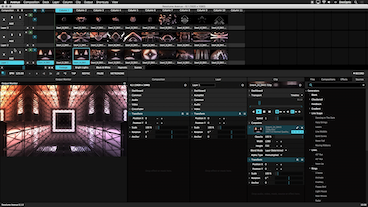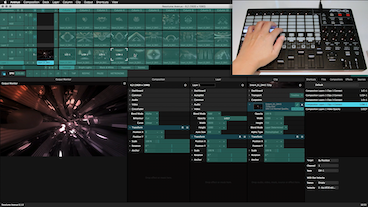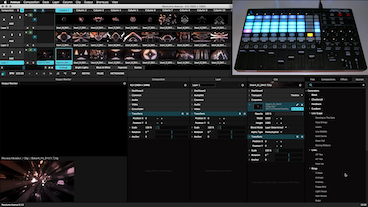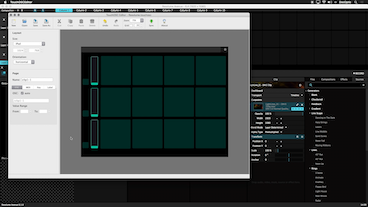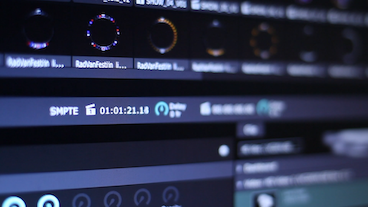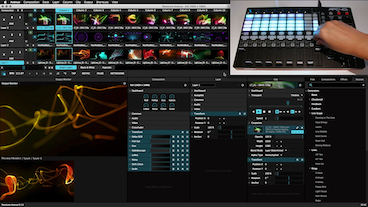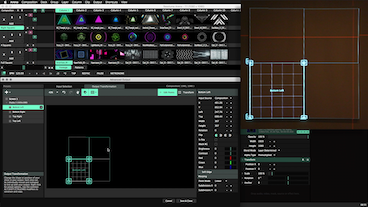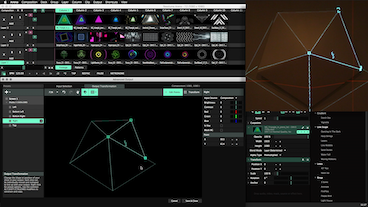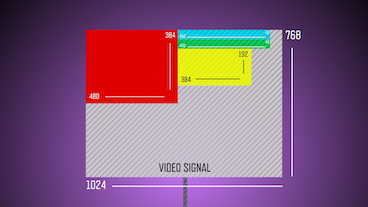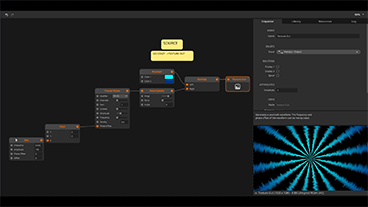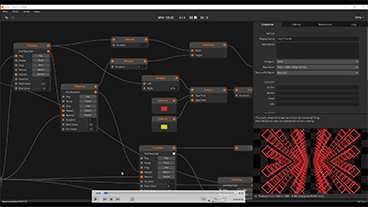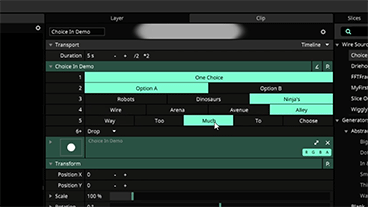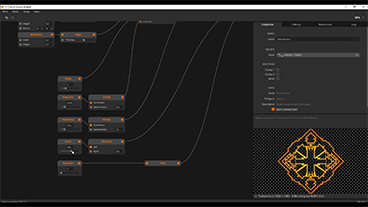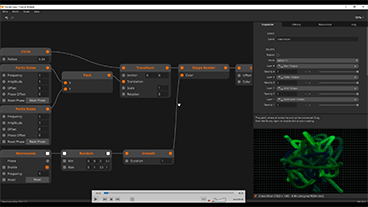Resolume Video Training
We took the secret tips and tricks of the best professional VJs and poured their years of experience into 2 hours of in-depth, practical video training. This is not a boring this-button-does-that classroom. It’s a practical course that demonstrates the art behind the technicalities. It’s focused on creating a balanced, visually pleasing output while helping you become an efficient VJ that will be ready to take on any live situation.
We show you how you can make your compositions look slick and balanced, how to plan your performance and organize your content for long shows and how to set up your MIDI controller so you can get into a good flow; ideas to help unlock your creativity as a VJ.
Wire Video Training
Did you ever want to make your own effects, sources, transitions, blend modes and tools for Arena and Avenue? Then Wire is your best bet to make this a reality. But it can be hard to learn a new software package, let alone a programming language.
For this we have created the Wire Video Training. This training will take you from the very basics all the way to the advanced features. Consisting of neatly organized laidback video tutorials, we’ll cover everything. Aimed at VJ’s who have never written a line of code in their lives, you’ll be making slick visuals and effects really soon.
Note that this course is to be used in conjunction with our articles and the built-in tutorials in Wire. At the end of each video you might be instructed to read, make or play with certain features before moving on.
Also note that this course is continuously being updated as new features are added.
1. Basics
This chapter covers the essentials of working with Wire. You will learn how to work with the interface, explore different data types and how to integrate Wire into Arena and Avenue.
By the end of this chapter you will be able to make sources and generative content that will blow your audience away.
2. Instancing
This chapter is the starting point to learn one of Wire's most powerful tools: instancing. You'll go from controlling a few paramaters and shapes to controlling hunderds at once! Use these video's combined with instancing course that is already built-in Wire to achieve instancing greatness.
